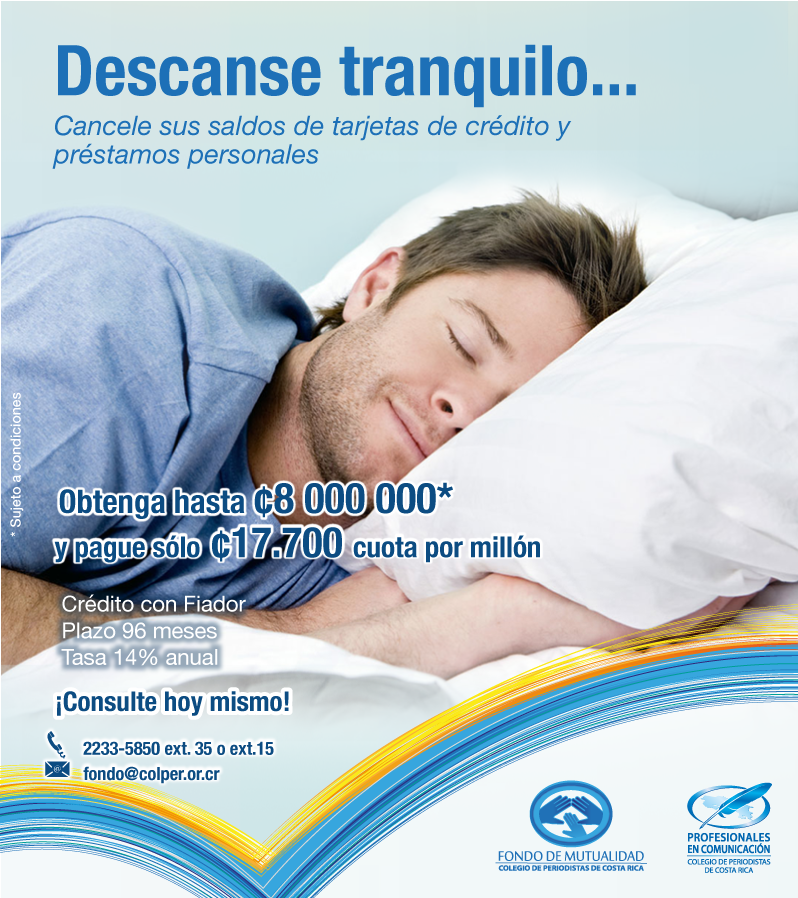
« Alcoholism » and « alcohol abuse » are terms people use when referring to alcohol use disorder (AUD), a widespread issue in the United States. It affects 12.1% of males 12 and older and 9.1% of females in the same age group. Too much alcohol affects your speech, muscle coordination and vital centers of your brain.
What’s the outlook for a person with alcohol use disorder?
Alcohol use disorder can cause serious and lasting damage to your liver. When you drink too much, your liver has a harder time filtering the alcohol and other toxins from your bloodstream. Binge drinking is when you drink enough alcohol to raise your blood alcohol content (BAC) to 0.08% or higher. For men, that typically is about five standard alcoholic drinks within a few hours; for women, this is four alcoholic drinks within the same period.
Is there a cure for alcohol use disorder?

In addition to being a diagnosable mental health condition, AUD is also a medical disease. Cognitive tharros house behavioral therapy is another path, available in person or online. Non-abstinence-based recovery models—such as Moderation Management—advocate for reducing one’s alcohol consumption rather than abstaining completely. According to the National Institute on Alcohol Abuse and Alcoholism, women shouldn’t drink more than one drink per day, and men shouldn’t drink more than two drinks per day.
People assigned female at birth (AFAB) should limit drinking to one drink a day. Heavy drinking in this population is four or more drinks a day or eight drinks a week. Alcoholics Anonymous (AA) or other 12-step programs can offer that social support. In some people, the initial reaction may feel like an increase in energy.
Support Your Recovery
You may need to seek treatment at an inpatient facility if your addiction to alcohol is severe. These facilities will provide you with 24-hour care as you withdraw from alcohol and recover from your addiction. Once you’re well enough to leave, you’ll need to continue to receive treatment on an outpatient basis. People with alcohol use disorder will continue to drink even when drinking causes negative consequences, like losing a job or destroying relationships with people they love.
Drinking releases endorphins which can lead people to feel happy, energized, and excited. But alcohol is also classified as a depressant and can cause fatigue, restlessness, and depression. It may shift from stimulant to sedative in line with whether blood alcohol content is rising or falling. Given the power of alcohol on the brain, people who drink heavily may come to rely on it to regulate their mood. The American Medical Association recommends a two-drink daily limit for people assigned male at birth (AMAB). Heavy drinking in this population is five or more drinks in one day or 15 or more drinks in a week.
Alcohol use disorder (sometimes called alcoholism) is a common medical condition. People with this condition can’t stop drinking, even if their alcohol use upends their lives and the lives of those around them. While people with this condition may start drinking again, studies show that with treatment, most people are able to reduce how much they drink or stop drinking entirely. If you feel that you sometimes drink too much alcohol, or your 2cb fly drinking is causing problems, or if your family is concerned about your drinking, talk with your health care provider.
- Some have criticized Alcoholics Anonymous and other 12-step programs because they are rooted in religious ideology rather than scientific principles.
- Recognizing alcohol use disorder as a mental health condition facilitates more empathetic and effective treatment, including therapy and group support.
- Examples of behavioral treatments are brief interventions and reinforcement approaches, treatments that build motivation and teach skills for coping and preventing a return to drinking, and mindfulness-based therapies.
- Mindfulness may also help address depression and trauma conditions that co-occur with AUD.
- Not only does AUD affect the health of the person with the disease, but it also impacts the lives of those around them.
On the other hand, excessive drinking could stimulate symptoms of depression or anxiety. Alcohol addiction is a complex disease with psychological, biological and social components, and like other chronic illnesses, addiction often involves cycles of relapse and remission. Some people can drink alcohol—and even over-indulge on occasion—without it becoming an issue. For others, drinking can turn into mild, moderate or severe alcohol use disorder, the term doctors and how to taper off prozac 10mg clinicians now use instead of alcoholism, alcoholic or alcohol abuse.

